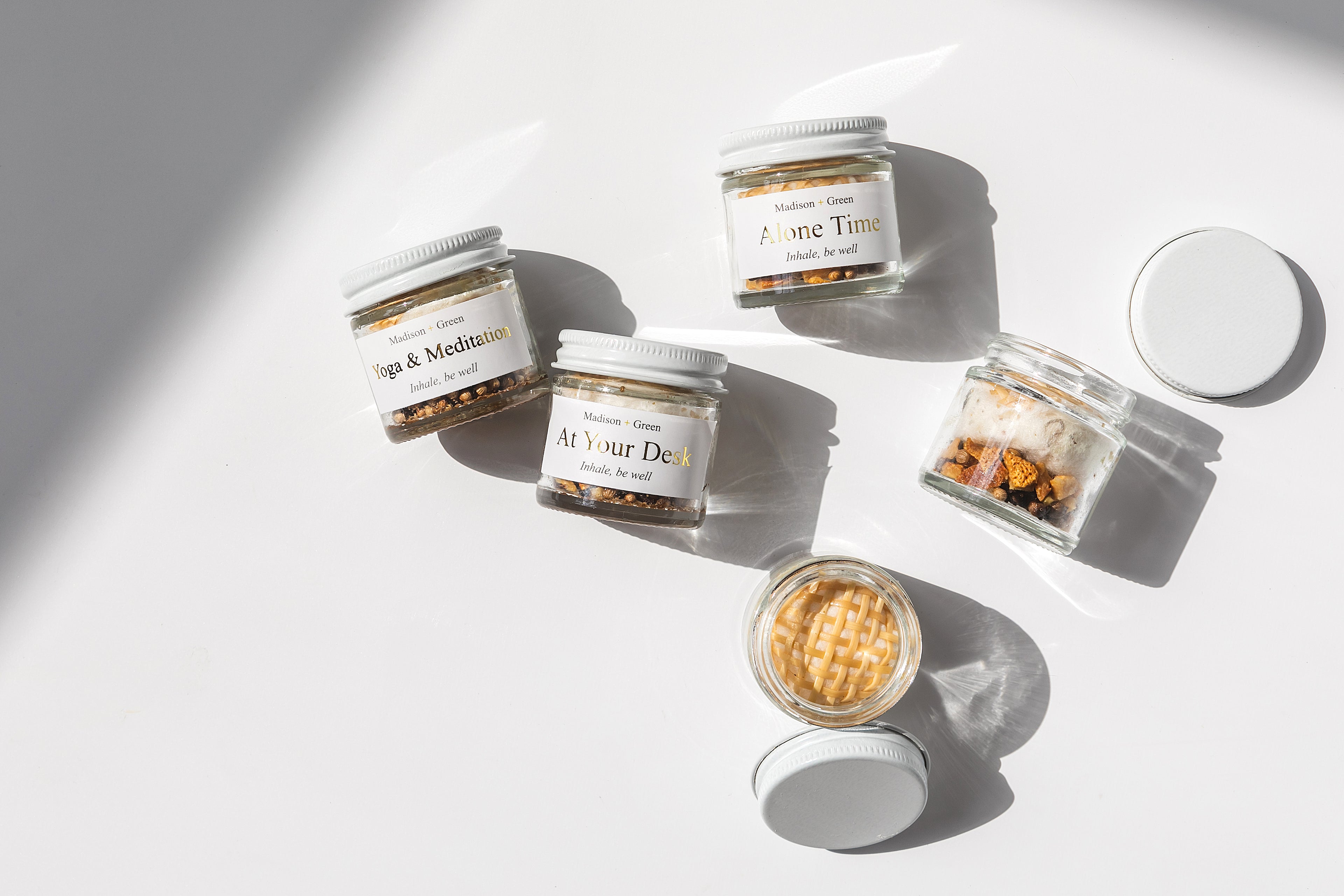Known for its intense, sweet, and floral aroma, ylang-ylang has been wildly popular for perfumery and skincare products since the 1700s. It was used as a hair oil for men during the Victorian era and is still used in popular perfumes such as Chanel No.19 and Miss Dior today. The oil is also popular for use as an aphrodisiac due to its relaxing yet stimulating properties.
Ylang-ylang essential oil has been extensively studied since the early 1900s and has been discovered to contain chemical components that help decrease pulse rate and stress level while also increasing alertness and positivity. Scientists believe that it is the benzyl benzoate, linalool, and benzyl alcohol that are responsible for its anxiolytic effects.
Pro tip:
There are many different grades of ylang-ylang absolute. For therapeutic uses, I recommend using the “Extra” or “First” grade.
Keywords:
- Calming, stimulating, balancing
Therapeutic uses:
- Low libido
- General stress
- Low self-esteem
- Nervousness
- Fear
Aromatic notes:
- Intense, floral, narcissus-like
Chemistry:
- Rich in farnesene
- Benzyl acetate
- Linalool, and more
Key scientific researches:
- Zhang, N. et al (2016) The anxiolytic effect of essential oil of Cananga odorata exposure on mice and determination of its major active constituents. Phytomedicine 23, 14, 1727-1734
- Wang, C.N. (2012) Effect of Melaleuca leucadendron, Cananga odorata, and Pogostemon cablin oil odors on human physiological responses. Wood Research 3, 2, 100.
About the plant:
- 60 ft tall tree, clusters of large yellow star-shaped flowers
- Harvested when flower has red tinge at its base
- Steam distillation
- Commonly harvested in Indonesia
Used in the following Madison + Green inhalers:
- Turn Me On


